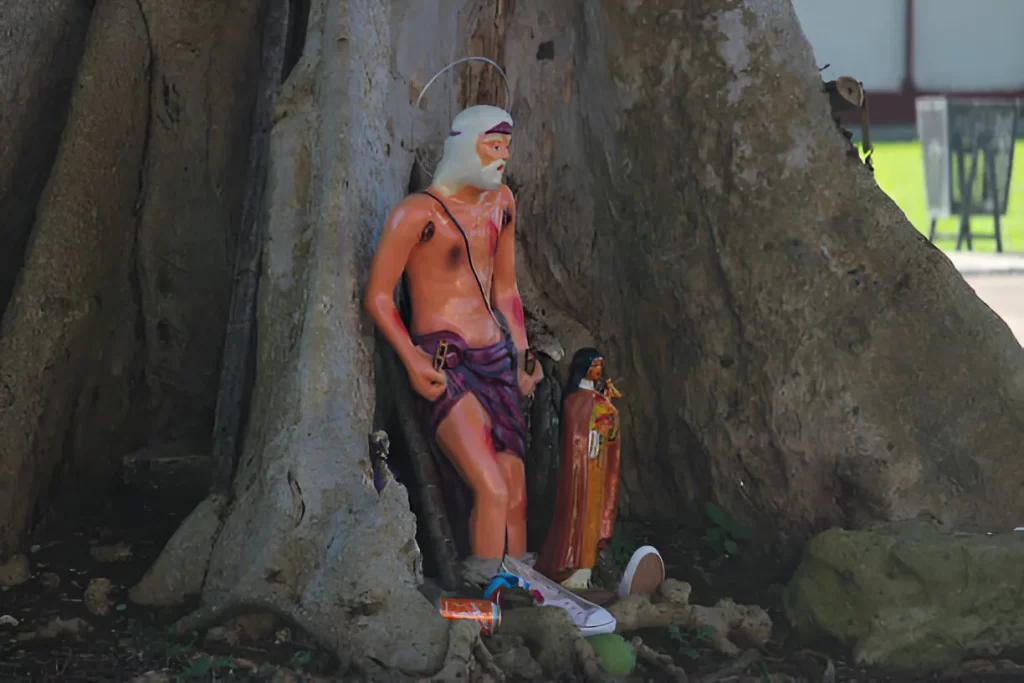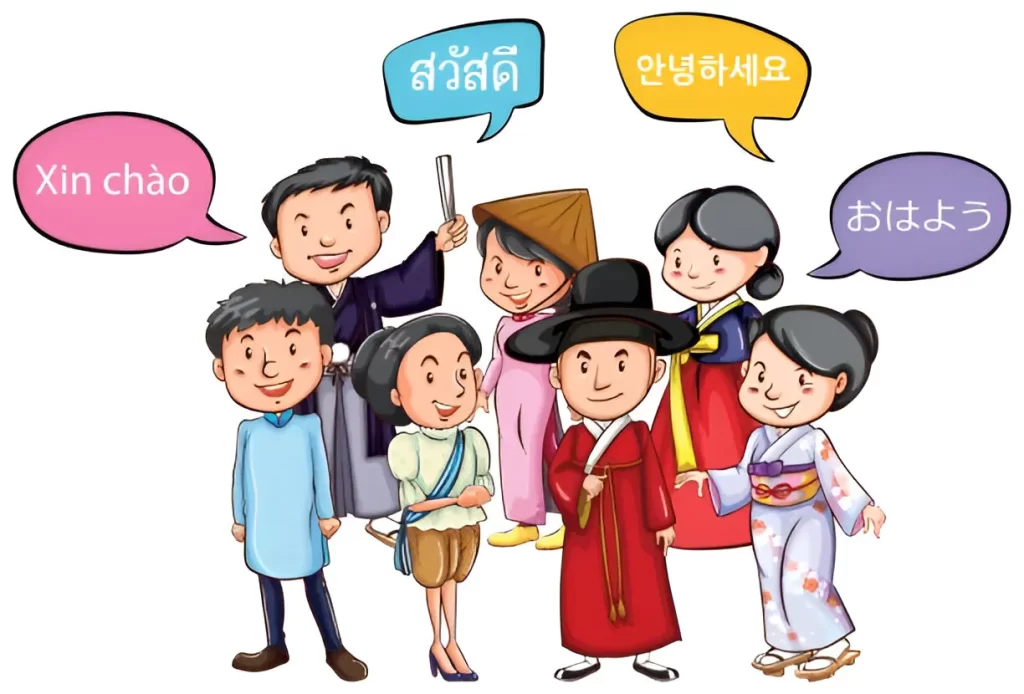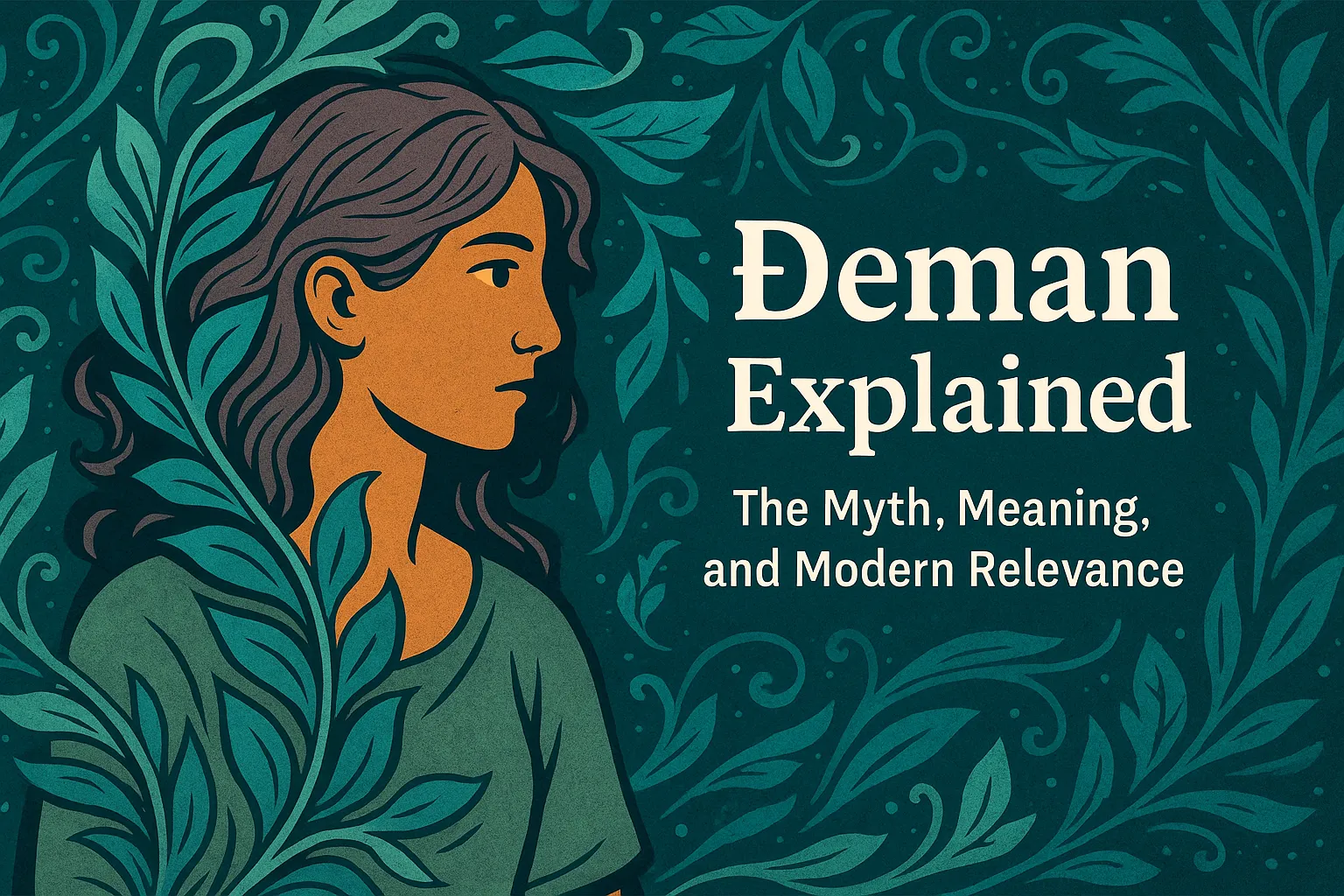Table of Contents
What Is Đeman and Why Is Everyone Talking About It?
“Đeman” is more than just a mysterious word—it’s a symbol rooted in ancient traditions, modern psychology, and evolving cultural identity.
From Balkan mythology to internet subcultures, Đeman has emerged as a versatile concept capturing the imagination of storytellers, thinkers, and creatives alike.
Whether you’re hearing about Đeman in the context of folklore, mindset philosophy, or even food and fashion, one thing is clear: it represents transformation, adaptability, and hidden strength.
The Mythological Roots of Đeman

In Balkan and Slavic folklore, Đeman often appears as a shapeshifting entity, capable of moving between the human world and the supernatural.
These figures weren’t villains—they were protectors, messengers, or in some cases, guides through inner transformation.
Common Traits in Folklore:
- Shape-changing abilities (human to animal)
- Hidden knowledge or wisdom
- Often exists between moral categories—neither fully good nor evil
- Symbolizes liminality: the space between two worlds
These traits made the Đeman a metaphor for life’s in-between moments—loss, change, and spiritual evolution.
Đeman in Language and Culture

The term “Đeman” is also used colloquially in some cultures to describe someone with a refined, respectful, or sophisticated demeanor. In this sense, being a “đeman” means:
- Politeness in behavior
- Emotional maturity
- Inner balance and outer grace
It reflects a cultural archetype—someone admired for quiet strength and deep values, especially in times of chaos or noise.
Đeman as a Modern Symbol of Transformation
In Personal Growth and Self-Discovery
Today, Đeman has evolved into a metaphor used in psychology and personal development circles. It aligns closely with Carl Jung’s concept of the shadow self—the unconscious mind we must integrate to achieve wholeness.
Being a Đeman means confronting your hidden fears, accepting uncertainty, and learning to adapt through self-awareness.
This transformation mirrors the ancient myth, where the shapeshifter survives by embracing change, not resisting it.
The Philosophy Behind Đeman Thinking
In some blogs and social theory articles, Đeman is described as a framework for adaptive intelligence—a mindset that helps people:
- Navigate complexity
- Embrace uncertainty
- Operate across multiple contexts or roles
It draws from systems thinking, decentralization models, and even design theory, where fluidity and pragmatism are core values.
Core Principles of the Đeman Framework:
- Flexibility over rigidity
- Action in context (pragmatism)
- Meaning layered in feedback loops
- Decentralized decision-making
In short, Đeman isn’t just a person or character. It’s a way of being—fluid, responsive, and quietly powerful.
Đeman in Art, Style, and Everyday Life
In fashion and design, Đeman has started to appear as a niche aesthetic—often marked by earthy colors, natural materials, and subtle transformations.
In some parts of Southeast Asia, it’s even being used to market plant-based lifestyle products like herbal teas, essential oils, or minimalist skincare lines.
Read also: How Did Georgia O’Keeffe Die
The term evokes:
- Nature-based purity
- Quiet confidence
- Intentional design
It’s also used in culinary branding, especially in Vietnam and Thailand, to suggest “organic power” or “natural renewal.”
Why Đeman Resonates with Gen Z and Millennials?
The Đeman archetype connects deeply with younger generations because it celebrates:
- Identity fluidity
- Mental resilience
- Cultural authenticity
In an era of rapid change, Đeman offers a refreshing alternative to extremes. It invites people to:
- Embrace contradictions
- Find peace in ambiguity
- Stay grounded in values while adapting to chaos
Real-World Examples of Đeman in Action
- Urban Resilience Planning: Smart cities using Đeman-style frameworks for adaptive design.
- Personal Coaching: Life coaches using Đeman philosophy to guide identity transformation.
- Decentralized Tech: Blockchain and AI projects referencing Đeman as a model for human-centered tech evolution.
- Cultural Branding: Wellness brands incorporating Đeman into campaigns centered around balance, elegance, and deep renewal.
Đeman vs. Traditional Archetypes
| Feature | Đeman | Traditional Hero |
|---|---|---|
| Flexibility | High – adapts to change | Low – follows fixed destiny |
| Moral alignment | Ambiguous | Usually clearly good or bad |
| Focus | Transformation and reflection | Action and conquest |
| Cultural roots | Folk tales, modern subcultures | Mythology, epic traditions |
How to Embrace the Đeman Mindset in Daily Life?
- Practice intentional change: Approach life transitions as opportunities, not threats.
- Reflect regularly: Integrate your thoughts, behaviors, and unconscious desires.
- Be context-aware: Adjust actions based on environment and relationships.
- Think in layers: Look beyond binaries—good/bad, right/wrong—and explore deeper meanings.
Final Words
The word Đeman may be new to many, but its roots are ancient and its potential wide-reaching. It fuses mythology, psychology, design, and cultural wisdom into one powerful narrative.
In a time when clarity is rare and complexity is the norm, Đeman teaches us how to evolve—not by escaping chaos, but by dancing with it.
Whether as a character, a symbol, or a mindset, Đeman is helping us rethink what it means to be strong, sensitive, and smart in the modern world.
People also ask
What does Đeman mean?
Đeman is a symbolic term with roots in mythology, representing transformation, adaptability, and thoughtful identity.
Is Đeman a real historical figure?
No, it’s more of an archetype found in Balkan folklore and adapted in modern cultural contexts.
How is Đeman used today?
As a mindset, aesthetic, and brand philosophy, especially in wellness, systems thinking, and art.
Is Đeman just a trend?
While currently trending, Đeman draws from deep cultural roots and is being used in long-term frameworks across disciplines.
How can I apply the Đeman mindset?
Start by embracing complexity, becoming more reflective, and adapting your identity with intention and fluidity.

